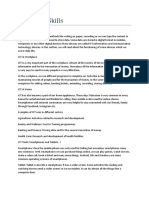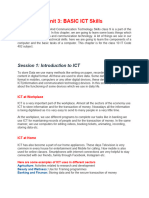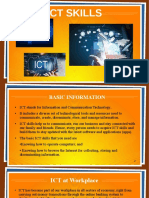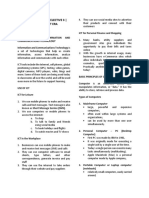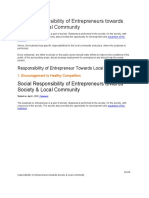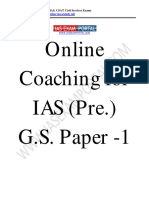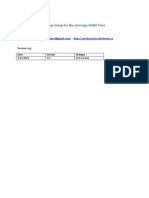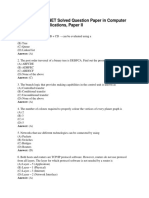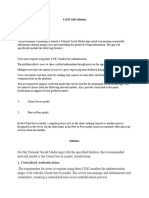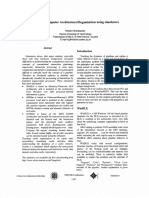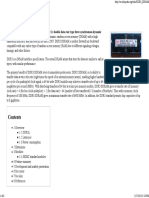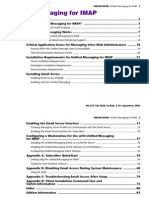0% found this document useful (0 votes)
28 views6 pagesUnit 3 Class 9 ICT
Unit 3 covers Information and Communication Technology (ICT) skills, including the operation of computers, smartphones, and tablets, and their applications in various sectors like workplace, home, agriculture, and banking. It explains the basic components of computers, the differences between smartphones and tablets, and the functions of various applications. Additionally, it details the parts of a computer, storage devices, and the significance of RAM and ROM.
Uploaded by
krishan palCopyright
© © All Rights Reserved
We take content rights seriously. If you suspect this is your content, claim it here.
Available Formats
Download as DOCX, PDF, TXT or read online on Scribd
0% found this document useful (0 votes)
28 views6 pagesUnit 3 Class 9 ICT
Unit 3 covers Information and Communication Technology (ICT) skills, including the operation of computers, smartphones, and tablets, and their applications in various sectors like workplace, home, agriculture, and banking. It explains the basic components of computers, the differences between smartphones and tablets, and the functions of various applications. Additionally, it details the parts of a computer, storage devices, and the significance of RAM and ROM.
Uploaded by
krishan palCopyright
© © All Rights Reserved
We take content rights seriously. If you suspect this is your content, claim it here.
Available Formats
Download as DOCX, PDF, TXT or read online on Scribd
/ 6








